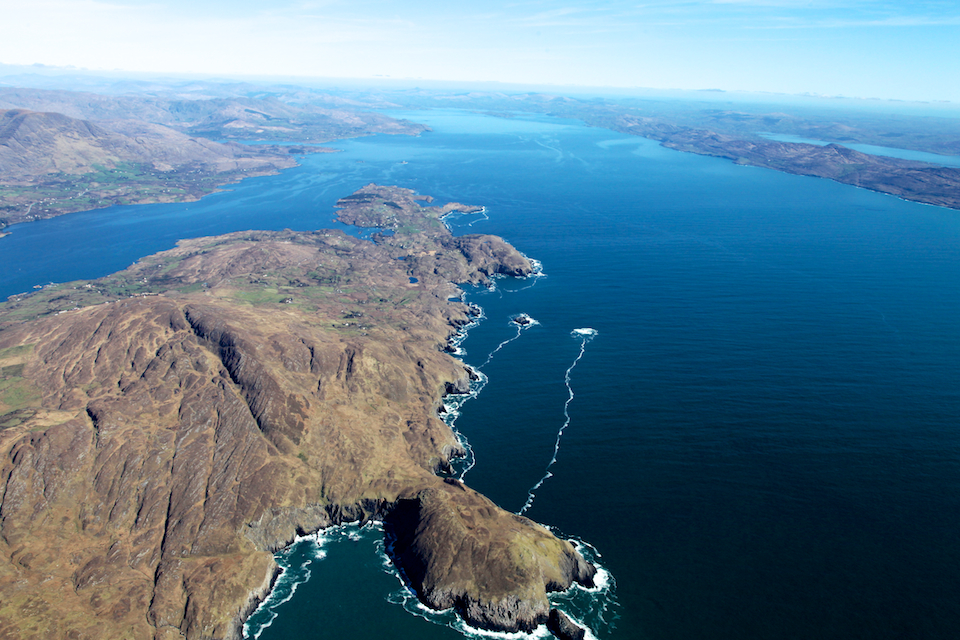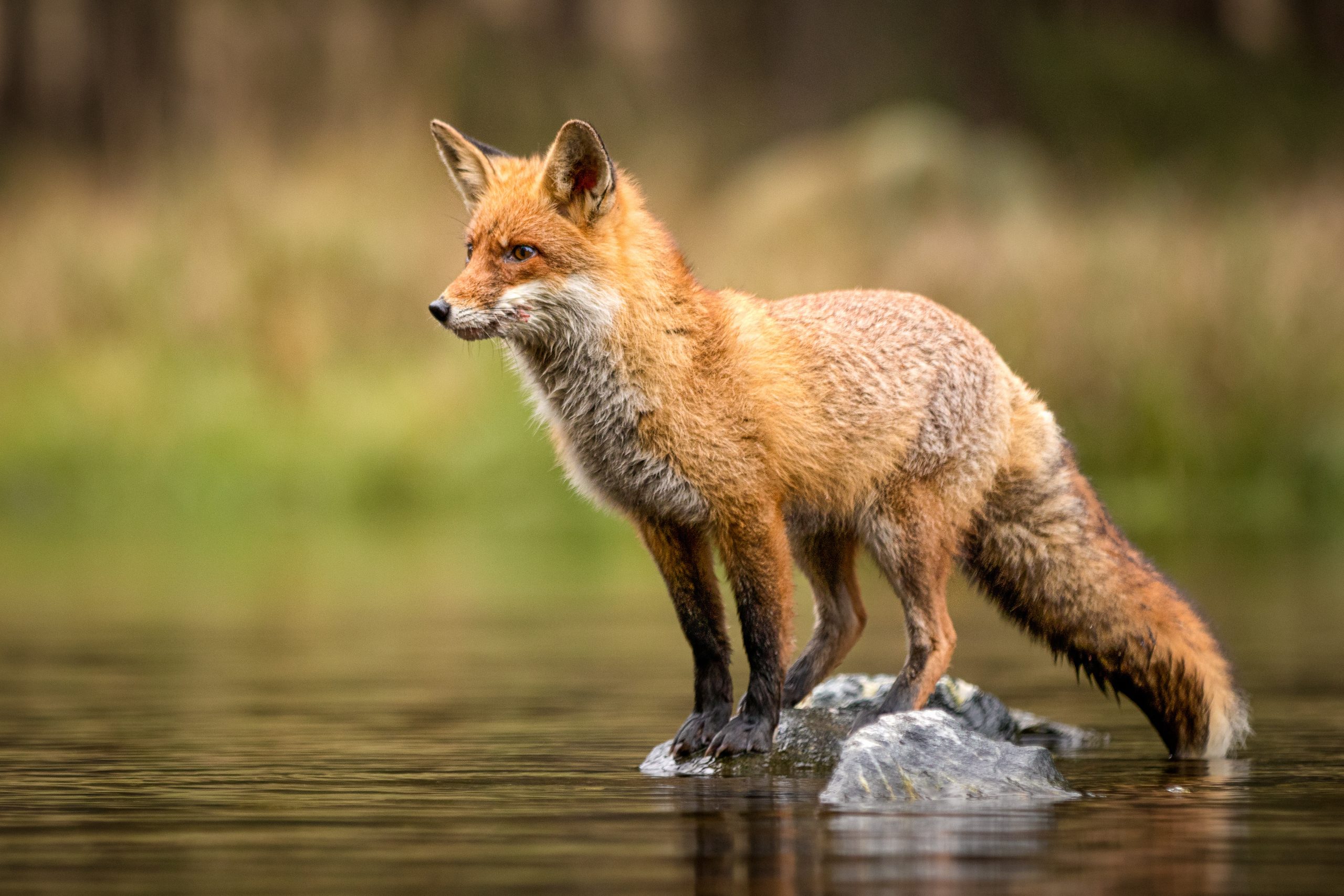Biodiversity spotlight: hen harriers

12 January 2022
As you might have already seen – we’re taking a new direction this year and that includes our biodiversity coverage.
We’re going to be taking a closer look at the mosaic of creatures that make up Ireland’s biodiversity. We’ll be speaking to experts about all sorts of species, finding out what makes them tick and what threats they currently face.
Have any suggestions of flora and fauna we should check out? Let us know at editor@greennews.ie.
If you’ve been lucky enough to spot a hen harrier out and about on a walk, you might have seen it drop something. Chances are, it probably did that on purpose.
A silver coloured male will often come back from a hunting trip and drop its bounty from the sky to a mottled-brown female below.
But instead of letting it hit a hard surface, the female hen harrier will fly up and out of her on-the-ground nest and swing herself upside down to catch the meal in her claws.
It also turns out that’s not the male hen harrier’s only move. He also will often impress a female by doing something called a sky dance.
“He’ll fly up really high and dive-bomb. It’s to show her how good he is at feeding himself and how he can afford to burn off all this energy to impress her,” according to IEN Agriculture Policy Officer Fintan Kelly.
If you were even more fortunate to spot male and female hen harriers together, you would have noticed a number of differences in their appearance, and you wouldn’t be the only one. People used to think they were in fact two different species because of them.
However despite their avian agility, the Hen Harrier is currently ranked as an Amber-list species according to BirdWatch Ireland as there is a degree of concern about their conservation status.
Over the past two centuries, their numbers have fluctuated the country-over. By the 1950s, some considered the hen harrier to be extinct in Ireland, but breeding did in fact continue in small numbers in the Slieve Bloom Mountains and at the Tipperary/Waterford and Cork/Kerry borders.
In recent years, the National Parks and Wildlife Service (NPWS) has expressed particular concern around their ongoing decline in the Slieve Bloom Mountains, which is a Special Protected Area (SPA) under the EU Birds Directive and also holds the title of Ireland’s largest state-owned Nature Reserve.
It used to be considered as one of the last strongholds of the species, as it was one of only a few places in the country where young birds were coming into a declining population.
The Slieve Blooms recorded no successful Hen Harrier chick fledging in 2021, making it the least productive breeding season on record. It reflects an ongoing downward trend for the area: between 2005 and 2010, the total number of breeding pairs fell by 18.1 per cent. This drop has occurred despite significant investments into various agri-environmental schemes to bolster their numbers.
Their decline is due to a number of factors, according to Fintan Kelly, including afforestation, agricultural intensification and wind farm development.
While traditional farming practices have always supported the hen harrier in their open upland habitats, the continued increased intensification of agriculture has threatened their habitat.
There’s also the issue of non-native conifer tree planting, as seen in the Slieve Blooms which has threatened the raptor’s nesting and hunting grounds.
And while hen harriers can survive in the initial stage of afforestation, as the trees themselves grow larger, so does the risk of encountering predators and ultimately their habitat starts to decline.
However, while their conservation status continues to slide into precarious territory, there are steps that can be taken to ensure they fare far better in the future.
Focusing on open habitats for the species and pursuing traditional farming practices would see benefits for the hen harriers and beyond, according to Fintan Kelly.
“All the biodiversity that goes down from the top of the food chain is delivered and both the ecosystems and socio-economic culture values are supported to,” he told The Green News.
“We’re talking about protecting a culture, protecting ways of life. The hen harrier really is a flagship species,” he added.
[x_author title=”About the Author”]







